#druidism
Text
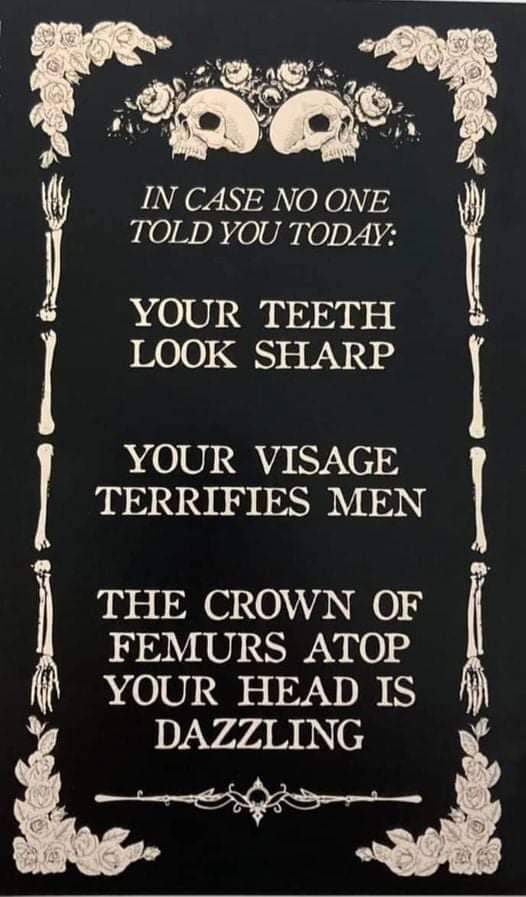
#witch#witchcraft#baby witch#pagan witch#paganism#witchblr#baby pagan#druidism#pagancommunity#paganlife
32K notes
·
View notes
Text
“Where are your pagan gods now?”

Gardening

Comforting your abandoned dead
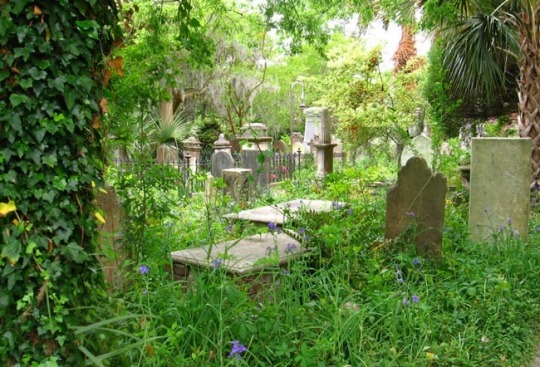
Reclaiming
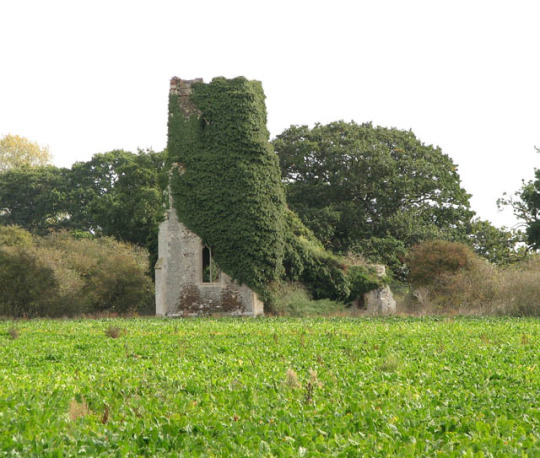
Rerooting

#paganism#pagan#pagan witch#pagan deities#druid#pagan Druid#druidism#nature#rebirth#imbolc#fantastical February#spring#spring equinox#winter solstice#wizard#witchy#witch#witchcraft
968 notes
·
View notes
Text

You like this picture? I "drew it"!
#good#morning#good morning#good morning message#good morning image#good morning images#good morning man#the good morning man#the entire morning#gif#good morning messages#druid#druid posting#druid art#druidry#druidism#wizard#wizard posting#nature#leaves#second nature
1K notes
·
View notes
Text
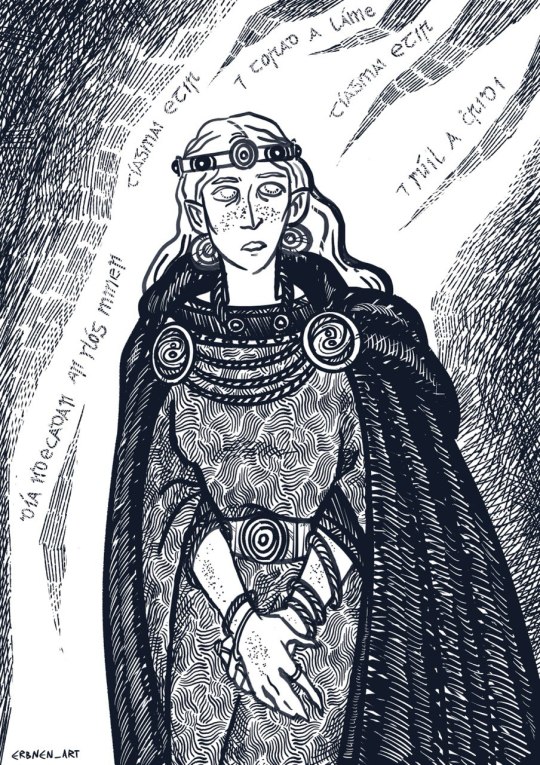
A commission of Brigid for @bloodtreachery (awww, it was SUCH a pleasure to do it!). I put an emphasis on her aspect as a poet, hence the fire of poetry ablaze!
The poem in the flames is a liberal translation of these lines from The Hosting of the Sidhe into Old Irish (courtesy of my wonderful husband):
...if any gaze on our rushing band,
We come between him and the deed of his hand,
We come between him and the hope of his heart.
#artists on tumblr#irish mythology#brighid#brigid#celtic paganism#gaelpol#paganblr#pagan art#illustration#commission#commissions open#tuatha de danann#irish goddesses#goddess brigid#druidism#celtic deities#aodhan erbnen
328 notes
·
View notes
Text

Seventeenth-century English antiquarians thought that Stonehenge was built by Celtic Druids. They were relying on the earliest written history they had: Julius Caesar’s narrative of his two unsuccessful invasions of Britain in 54 and 55 BC. Caesar had said the local priests were called Druids. John Aubrey (1626–1697) and William Stukeley (1687–1765) cemented the Stonehenge/Druid connection, while self-styled bard Edward Williams (1747–1826), who changed his name to Iolo Morganwg, invented “authentic” Druidic rituals.
Druidism has come a long way since. In 2010, The Druid Network was listed as a charity in England and Wales, essentially marking the official recognition of Druidism as a religion. (74,000 called themselves Druids in a recent census.) Historian Carole M. Cusack positions Druidism as one of the branches of the tree of Paganism and/or New Age-ism(s), which burst into all sorts of growth during the twentieth century. Modern Druidism fits into the smorgasbord of what Cusack calls the “deregulated spiritual marketplace” of our times.
But there’s a disconnect here. In the popular imagination, Stonehenge and Druidism now go together like tea and crumpets. Historically, Stonehenge, a product of Neolithic Britain, predates Caesar by thousands of years. It had nothing to do with Druids and certainly nothing to do with modern Druidism.
“The false association of [Stonehenge] with the Druids has persisted to the present day,” Cusak writes, “and has become a form of folklore or folk-memory that has enabled modern Druids to obtain access and a degree of respect in their interactions with Stonehenge and other megalithic sites.”
Learn more from our friends at JSTOR Daily in “Stonehenge Before the Druids (Long, Long, Before The Druids)” by Matthew Wills.
Image credit: Spectators gather at Stonehenge to watch a group of Druids carry out the Dawn Ceremony on the summer solstice, or longest day of the year, 1956. Getty.
398 notes
·
View notes
Text
“Nature held me close and seemed to find no fault with me.”
—Stone Butch Blues, Leslie Feinberg.
#stone butch blues#leslie feinberg#lgbtq+#queer#druidry#druidism#butch#gender noncomformity#gender#one of the quotes that helps me feel most at home in my body and out in the world as a trans masc and historic social reject#if i find no other place in the world to be myself then i know nature will always be where i belong#really defines my druidic practices
315 notes
·
View notes
Text
What we know about the Ogham alphabet is wrong.
well, some of it.
We know that a lot of what the Druids practiced is shrouded in mystery because they didn’t use written word. We know they’ve been around since at least the first century BC, but a lot of what we know now is thanks to outsiders, especially the Romans.
That being said, there are modern scholars who have done their due diligence in interpreting Ogham, and there are many theories on what the letters refer to. Of course, the overarching agreement is that each letter refers to a tree, but I think it is important to recognize that that is technically wrong.
According to scholars like McManus, only 8 of the letters actually refer specifically to trees.
While this is true, it is also important to realize that the kennings often allude to trees or possibly allude to them.
A different scholar, MacCoitir, has re-interpreted the old-irish kennings, specifically in reference to trees.
It would certainly be nice to say there is one definitive and correct way to interpret the kennings and what their correspondences are, but the cryptic nature of the Bríatharogam lists leave things somewhat open to interpretation. Unfortunately, the most common Ogham list is based on evaluations of translations of medieval Irish into modern English. This standard list has not been challenged for a long time, but that changed in 2003 with the publication of Niall MacCoitir’s work.
What MacCoitir has done is return to the early legal tracts such as Bretha Comaithchesa, cross-referencing it with the oldest extant versions of the Bríatharogaim Maic ind Óc, Bríatharogaim Con Culainn and Bríatharogaim Morainn mic Moín. He also points out that much of the terminology surrounding Ogham refers specifically to the parts of trees/bushes, which is further indication that the alphabet is almost definitely a tree alphabet.
The letters themselves are referred to as feda or fid in the singular, which means respectively ‘wood’ and ‘tree’. The consonants are also called táebomnai, which translates into ‘The side of a tree-trunk’. The druim (edge/ridge) on which the letters are written was originally vertical, like a tree trunk, with the horizontal druim coming into favour with the use of paper or vellum. The spines or lines that comprise the individual letters (on the druim) are referred to as flesc, which translates as twig. So from the above terminology it is quite clear that the alphabet has a connection with trees and bushes.
Even with this knowledge, the most common Ogham lists include plants - vine, ivy, heather, fern, reed, and honeysuckle. Reed and fern do not have either a trunk or twigs, so we can immediately dismiss them. Heather does not have a trunk, and whether you could define its low, fine growth as twigs remains something to be debated. The remaining plants are not trees. They are parasitic in as much as they need a host to climb up – either a wall or a tree in most cases.
On the basis that the plants mentioned above are not trees and do not possess the qualities associated with the Ogham terminology one is left with the task of looking for viable alternative interpretations, based on the source material – which is exactly what MacCoitir has done.
From here, I will give a simple list of what should be replaced, and what the replacement is. If you would like to read why, you can find the post below
• Nin/Nuin - re-translated to ‘staple enjoyment or supply of the otherworld’, ‘boast of women’ and ‘boast of beauty’. The widely accepted tree for this is Ash, but MacCoitir replaces it with Cherry.
• Muin - re-translated to ‘Strongest in action’, ‘Most noble goodliness’, ‘Proverb of slaughter/rottenness’ and ‘Path of the voice’. Can also mean ‘neck’, ‘love’, ‘trick’ or possibly ‘thicket’. The widely accepted plant for this is Vine, but MacCoitir replaces it with Buckthorn.
• Gort - re-translates to ‘Sweetest grass’, Greenest pasture’, ‘Suitable place for cows’ and ‘Satisfaction of all’. The widely accepted plant for this is Ivy, but MacCoitir suggests Gorse.
• Onn - re-translates to ‘Wounder/helper of horses’, ‘Smoothest of Craftmanship.’ and ‘Sustenance of warriors’. The widely accepted plant for this is Ivy, but MacCoitir suggests Ash.
• Úr - re-translates to ‘In cold dwellings’, ‘Most devoted sharing’, ‘Propagation/dripping of plants’ and ‘Shroud of a lifeless one’. The widely accepted plant for this is heather, but MacCoitir suggests Elm.
Of the five supplementary letters, used for rendering Greek and Latin words, MacCoitir disagrees on two of the commonly accepted list.
• Uilen - retranslates to ‘elbow/angle’ and ‘most fragrant tree’. The widely accepted plant for this is honeysuckle, but MacCoitir suggest Juniper.
• Emancholl - re-translates to ‘twin of hazel’. The widely accepted tree for this is Beech, but MacCoitir suggests Hazel.
This list by no means is meant to replace the current meanings, but is meant to encourage a re-evaluation of the most commonly accepted Ogham list(s).
205 notes
·
View notes
Text
#witchcraft#witch#witchblr#baby witch#pagan witch#paganism#paganlife#baby pagan#druidism#pagancommunity
3K notes
·
View notes
Text

Into the dream~
#world of warcraft oc#worldofwarcraft#world of warcraft#night elf#warcraft#warcraft oc#warcraft art#world of warcraft art#art#wow oc#ocs#oc#my ocs#druid#druidry#druidism#antlers#glow
101 notes
·
View notes
Text
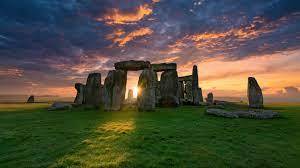
The summer solstice has dawned over Stonehenge for millennia.
#Stonehenge#Wiltshire#Salisbury Plain#English countryside#dawn#prehistoric#stone circle#summer solstice#sunrise#ancient Britain#Druidism#paganism#mystical#England
77 notes
·
View notes
Text
Hi all! I'm new here! Not so much new to tumblr, but new to this side of it. I don't really have anyone to learn this stuff from irl so I'm hoping to make some friends here and get to learn more about my new community!
You can call me Wolf, Moon, Snow, Night, or any combination of them. I'm strongly drawn to druidism and witchcraft, although I feel it somewhat stronger towards druidism. I love all things nature.
I'm very open to making new friends, even from outside the druid or witch communities, so please don't be shy!
#druid#druidism#druidry#baby witch#witchblr#witchcraft#witches#beginner witch#green witch#pagan witch#witchcore#witch community#witchythings#witchyvibes#pagan community#paganism#paganblr#pagan#pagan wicca#norse pagan#pagans of tumblr#witches of tumblr#intro
47 notes
·
View notes
Photo

#?#Stonehenge#Summer Solstice#1970's#Druidism#Druid#Druids#Ancient Order of Druids#Photography#Black and White#June#Celts#Celtic#Bards#AP Photos#Nature#Sun#Dawn#Sunrise
1K notes
·
View notes
Text
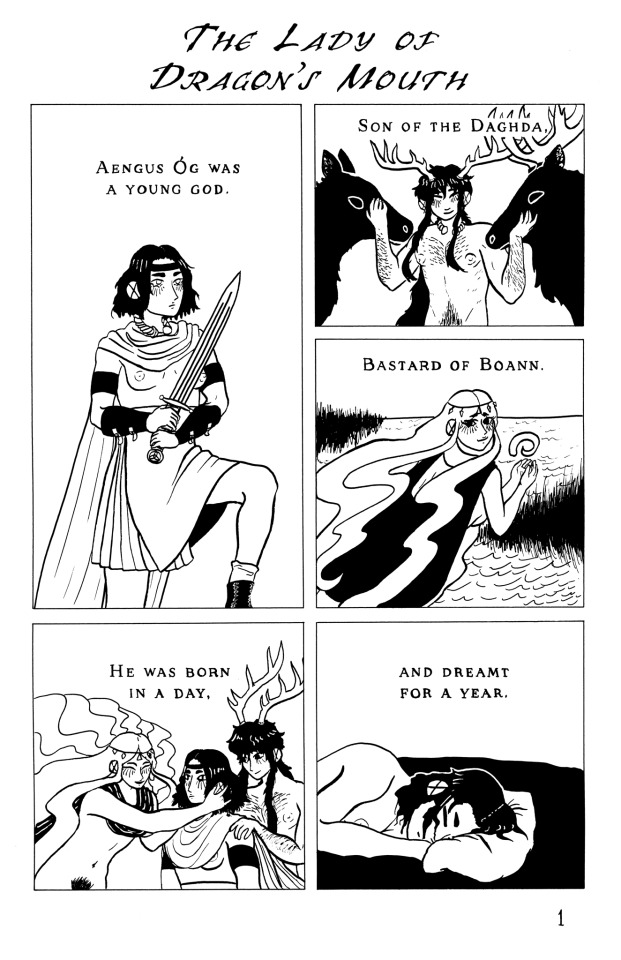
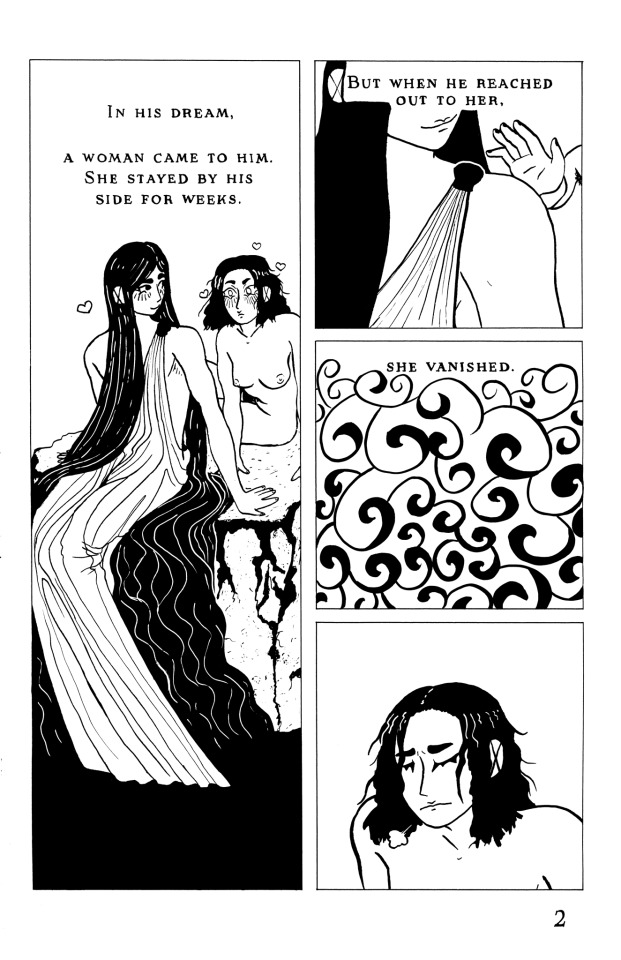

something something love knows no boundaries etc.
hey it’s been a while here’s some art
#comics#comic#black and white#comics art#comics artist#irish folklore#folklore#celtic#celtic pagan#paganism#druid#druidism#druidic#celtic folklore#pagan art#celtic art#pagan stories#celtic stories#pagan comics#celtic comics
970 notes
·
View notes
Text

Meeting some friends in the forest
97 notes
·
View notes
Text

Maiden Mother Crone
Edited for accuracy:
From information in the book by JAMES MACKILLOP - DICTIONARY OF CELTIC MYTHOLOGY
The Morrigan is associated with fate and fortune and a triplicate that represents change, from maiden to mother to crone. The Morrigan embodied many forms of change such as shapeshifting into creatures, not only different age variants of a human woman.
Pages 335-336:
She can be a "beautiful young woman," a "hag," and is a mother to "Mechi."
"She is part of a trio of war goddesses called the Morrigna, with Badb and Macha."
"Nemain may sometimes be part of the three."
She is "much associated with the crow," and can change into many things, including said crow: "The Morrigan appears on his shoulder as a hooded crow," the "he" here meaning CuChulainn.
As a war goddess she is known to be brutal and bloody, "passing out handfuls of...blood to gaping bystanders," in one famous fight.
My own additional note as the artist:
Change can be illustrated many ways, one of which as the moon changing from waxing to full to waning. This may be part of why the misunderstanding that the Morrigan is a moon-goddess arose, artistic depictions like mine trying to illustrate not a moon-goddess but a change-goddess. This is why the moon's changes are depicted alongside the changes in age of a woman, change in her clothing, triple-changing. An animal changing its coat etc. could illustrate largely the same thing in a different manner. She is NOT a moon goddess in Irish history.
Because the Morrigan is associated with wars and crows, she is often associated with the colors black and red in depictions, said depictions may not be historically accurate to how Irish peoples depicted her in their time.
Some, such as wiccans, pagans, etc., use many different names for the 3 aspects of this triplicate and may associate her with the moon incorrectly. 3 of those names are Danu, Macha, and Badb, and while all three of those names do appear in Irish mythology in different contexts, they are here skewed from historical truth. The source above does say that the Morrigan can be associated with Ana (also known as Anu or Danu), but does not say they are the same individual.
The maiden archetype in many cultures is associated with loveliness, the mother archetype with nurturing, and the crone archetype with wisdom. I wished to depict these three personality traits in my art piece.
Original Post unedited, as I wish to stay accountable and another has corrected me on my vague phrasing that implied things I did not mean:
The Morrigan is a goddess of Fate and Fortune and a triplicate that represents change, from maiden to mother to crone as from waxing to full to waning moon. There is debate about how associated with the moon's phases they are, but it is certain they embodied many forms of change such as shapeshifting into many creatures, not only different age variants of a human woman. Crows are sacred to Her and she is said to wear black or red. They have many names but to some The Lovely Maiden is Danu, the Nurturing Mother is Macha, and the Wise Crone is Badb.
#maiden mother crone#the maiden#macha#tuatha de danann#morrigan#inktober#inktoberday10#inktober fortune#inktoberfortune#druidism#celtic#irish mythology#celtic mythology#european mythology
54 notes
·
View notes